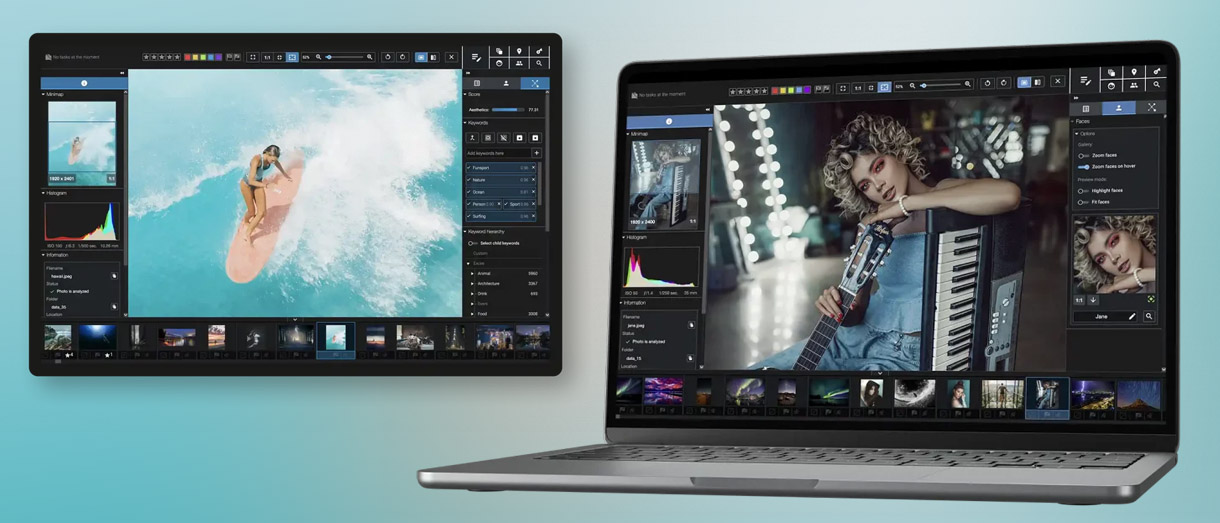Canon considers the R6 a pro camera; adds big video updates to it and the 1D X Mark III
New firmware for the Canon EOS R6 and 1D X Mark III brings significant updates for video shooters – including C-Log 3

Canon has introduced some big video oriented updates to its "professional cameras", the EOS R6 and 1D X Mark III. The key additions for both cameras are the much-requested ability to shoot in Canon Log 3, as well as to simultaneously record to two memory cards.
It's also interesting that the manufacturer refers to both bodies as "professional cameras". When it comes to EOS stills cameras, the flagship Canon EOS-1D X Mark III has previously been the only body that the company considers a pro model. Even the Canon EOS 5D Mark IV isn't officially regarded as a professional camera, despite the overwhelming number of pros who use it as such.
So for the Canon EOS R6 to be classed as a professional body – if only in the context of its video capabilities – is noteworthy, with Canon stating in its firmware announcement that it "supports filmmakers with the release of new firmware for its professional cameras."
• Read more: Best Canon cameras
Both cameras inherit the headline feature of Canon Log 3, which was introduced to the Canon EOS R5 earlier this year. "Canon's renowned Log 3 expands the dynamic range and offers more color space options to achieve rich, high-quality video that mirrors that of Hollywood standard cinema cameras," says Canon.
"This logarithmic gamma curve also increases the compatibility of these models with cinema production workflows, making it easier to color match footage captured with Canon’s Cinema EOS Series cameras."
Also new to each camera is the addition of dual card recording, enabling simultaneous recording of the same video file (in terms of resolution, frame-rate and codec) to both memory cards. In addition, the 1D X Mark III receives support for the new CFexpress VPG400 industry standard (guaranteeing minimum write speeds of 400MB/s).
Get the Digital Camera World Newsletter
The best camera deals, reviews, product advice, and unmissable photography news, direct to your inbox!
Firmware 1.4.0 for the Canon EOS R6 can be downloaded here, while Firmware 1.5.0 for the Canon EOS-1D X Mark III can be downloaded here.
Read more:
Best professional cameras
Canon EOS-1D X Mark III review
Canon EOS R6 review
Canon EOS R5 review
Canon EOS 5D Mark IV review

James has 22 years experience as a journalist, serving as editor of Digital Camera World for 6 of them. He started working in the photography industry in 2014, product testing and shooting ad campaigns for Olympus, as well as clients like Aston Martin Racing, Elinchrom and L'Oréal. An Olympus / OM System, Canon and Hasselblad shooter, he has a wealth of knowledge on cameras of all makes – and he loves instant cameras, too.
